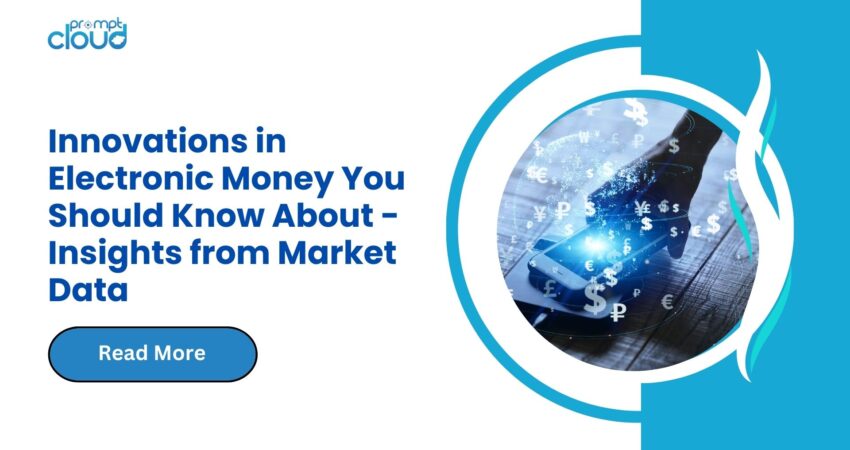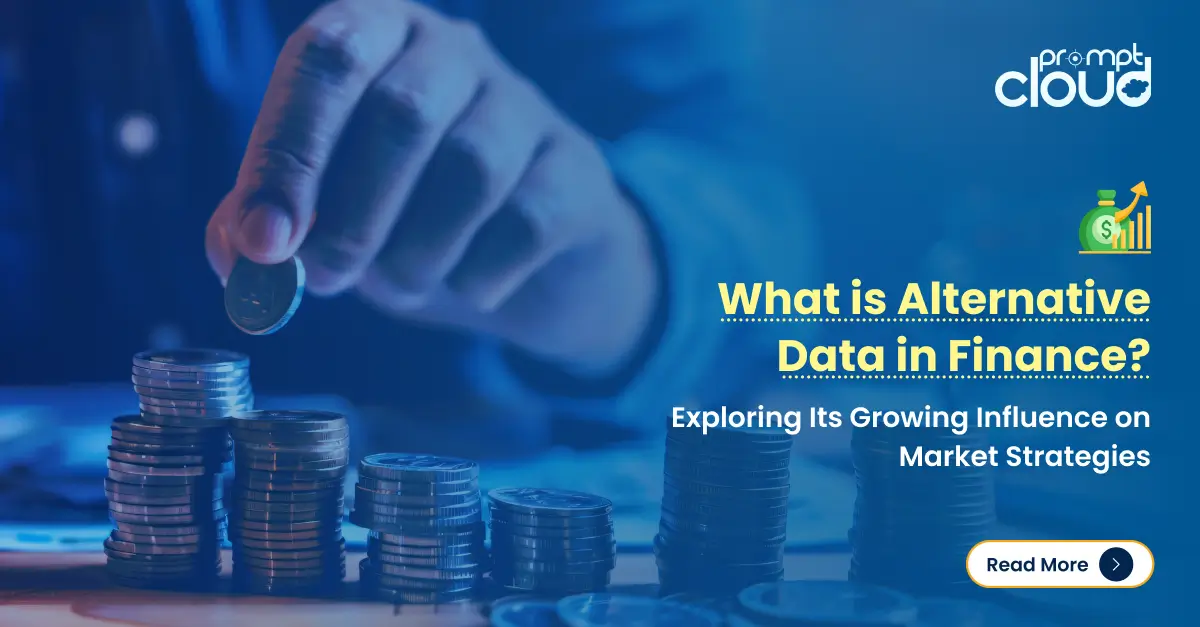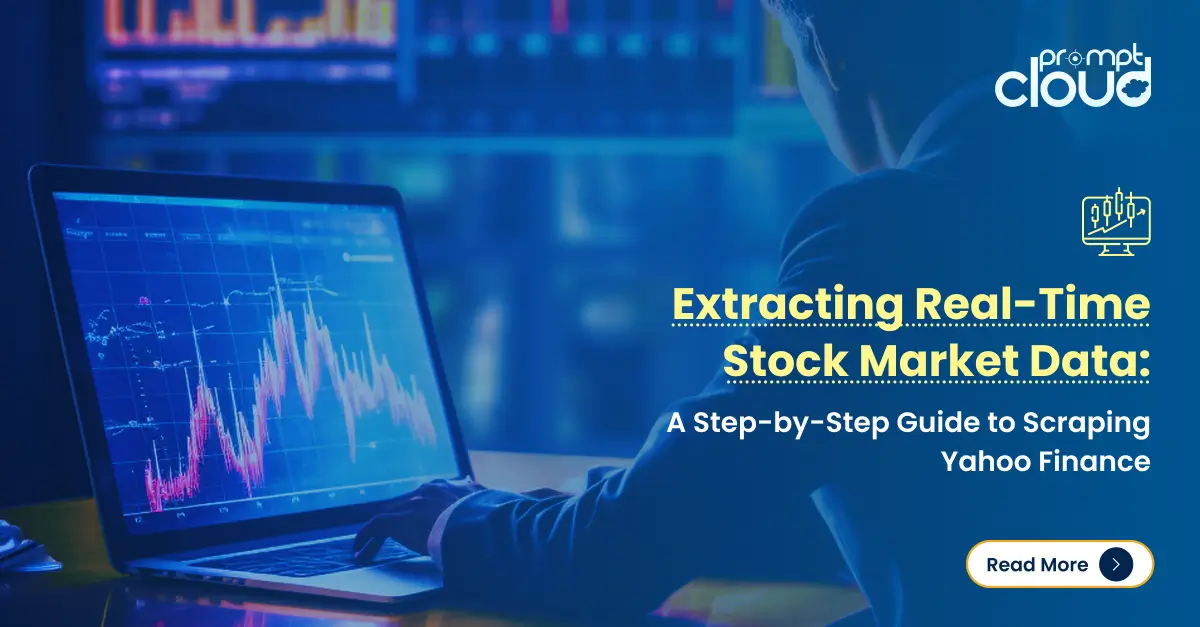
The world of electronic money is evolving faster than ever, transforming how we shop, save, and invest. With the rise of new technologies and digital solutions, the way we manage our finances is being reshaped in ways that were once unimaginable. From cryptocurrency to digital wallets, these innovations are not only changing the landscape of finance but also making transactions more secure, convenient, and accessible than ever before.
Whether you’re a tech enthusiast or someone simply looking to understand the future of money, this blog post will introduce you to 8 exciting innovations in electronic money that are set to revolutionize your financial world. Without further ado, let’s get started.
The Rise of Cryptocurrencies
Cryptocurrencies like Bitcoin, Ethereum, and other digital assets are revolutionizing the financial world by offering a decentralized alternative to traditional banking. Built on blockchain technology, these digital currencies enable secure, transparent, and borderless transactions without the need for intermediaries. Unlike fiat money, cryptocurrencies operate on a peer-to-peer network, giving users full control over their funds.
Many businesses and financial institutions are adopting cryptocurrencies for payments, investments, and decentralized finance (DeFi) applications. As regulations evolve and mainstream acceptance grows, the potential for cryptocurrencies to reshape global finance continues to expand, making them one of the most exciting innovations in electronic money today.
Digital Wallets
Digital wallets have become an essential tool for making quick, secure payments in today’s fast-paced world. These apps allow users to store their credit card information, bank accounts, and even digital currencies, enabling them to pay for products and services with just a tap on their smartphone. Popular digital wallets like Apple Pay, Google Wallet, and PayPal are offering seamless experiences, from online shopping to in-person payments at your local grocery store.
With the ability to store multiple payment methods and track spending, digital wallets are not only convenient but also empower consumers to manage their finances more effectively. As they continue to evolve, digital wallets are incorporating loyalty rewards, virtual debit cards, and even cryptocurrency storage, making them an all-in-one financial hub.
Central Bank Digital Currencies (CBDCs)
Central Bank Digital Currencies (CBDCs) are the latest frontier in the world of electronic money. These government-backed digital currencies are designed to operate alongside physical cash but with the added advantages of digital transactions. Unlike cryptocurrencies, CBDCs are fully controlled by central banks, offering a more secure and regulated alternative to decentralized digital money.
Countries like China, Sweden, and the European Union are already exploring or implementing CBDC systems to improve payment efficiency and financial inclusion. For instance, you can become an electronic money distributor by offering CBDC-related services, such as exchanges or digital wallets, enabling users to easily access and transact with these government-backed currencies. The introduction of CBDCs could have profound effects on the global financial system, marking a new chapter in the evolution of digital money.
Blockchain Technology
Blockchain technology has become the backbone of many innovations in electronic money, from cryptocurrencies to digital contracts and beyond. This distributed ledger technology enables secure, transparent, and immutable record-keeping, ensuring that all transactions are verified and tamper-proof. Blockchain allows for peer-to-peer transactions without the need for intermediaries like banks or payment processors. This not only reduces the cost of transactions but also increases the speed and security of digital money exchanges.
As blockchain technology matures, its potential extends beyond finance into industries such as supply chain management, voting systems, and digital identities. The integration of blockchain with electronic money systems offers new levels of trust and accountability, which are essential for the growth of digital financial ecosystems.
Biometric Payments
Biometric payments are bringing a new level of security and convenience to electronic money transactions. By using features such as fingerprint scanning, facial recognition, or iris scanning, biometric systems provide a secure and personalized way to verify identities for financial transactions. This innovative payment method is gaining traction in the mobile payment space, offering a seamless experience for users while significantly reducing the risk of fraud.
With biometric payments, consumers no longer need to remember passwords or PINs, as their unique biological traits serve as the key to their financial information. As biometric technology continues to improve, it could become a standard for online and in-store purchases, creating a faster and safer way to manage money.
Peer-to-Peer (P2P) Payment Systems
Peer-to-peer (P2P) payment systems are transforming the way we send and receive money. These platforms, such as Venmo, Zelle, and Cash App, allow users to transfer funds instantly to anyone, anywhere, without the need for a traditional bank account. P2P systems typically link to a user’s debit or credit card, allowing for easy fund transfers between individuals, small businesses, and even charitable organizations.
As P2P platforms expand their services, they are incorporating features like cryptocurrency transfers, bill splitting, and instant money transfers, making them incredibly versatile. The growth of P2P payment systems also promotes financial inclusion, as people who may not have access to traditional banking services can now participate in the digital economy.
Contactless Payments
Contactless payments have become one of the most popular methods for making quick, secure transactions. Whether it’s through your smartphone, a wearable device, or a contactless-enabled debit/credit card, this payment technology allows for transactions to be completed with a simple tap. The convenience and speed of contactless payments have made them a preferred option for many consumers, especially in a world that increasingly prioritizes hygiene and efficiency.
With added layers of encryption and tokenization, contactless payments offer a high level of security, ensuring that your financial information remains protected. As contactless technology continues to evolve, we can expect even more innovative features like multi-factor authentication and enhanced fraud prevention, making it a reliable and future-proof method of payment.
Smart Contracts
Smart contracts are revolutionizing the world of electronic money by automating transactions and agreements without the need for intermediaries. Built on blockchain technology, smart contracts are self-executing contracts where the terms of the agreement are directly written into code. Once predefined conditions are met, the contract automatically executes the specified actions, such as transferring funds, verifying identities, or completing a purchase. This eliminates the need for lawyers or third-party brokers, streamlining processes and reducing costs.
Smart contracts are already being used in sectors like real estate, insurance, and supply chain management, and they have vast potential to change the way we conduct financial transactions. By ensuring trust, transparency, and efficiency, smart contracts are an exciting development in the world of electronic money.
The innovations in electronic money are reshaping the financial landscape, offering faster, more secure, and more convenient ways to handle transactions. From cryptocurrencies and digital wallets to biometric payments and smart contracts, these technologies are not only enhancing how we pay and invest but also driving financial inclusion and efficiency. As digital finance continues to evolve, we can expect even more groundbreaking developments that will further transform the way we manage and exchange money. Staying informed about these innovations will ensure you’re ready to embrace the future of finance. The digital revolution is here, and it’s only just beginning.




















